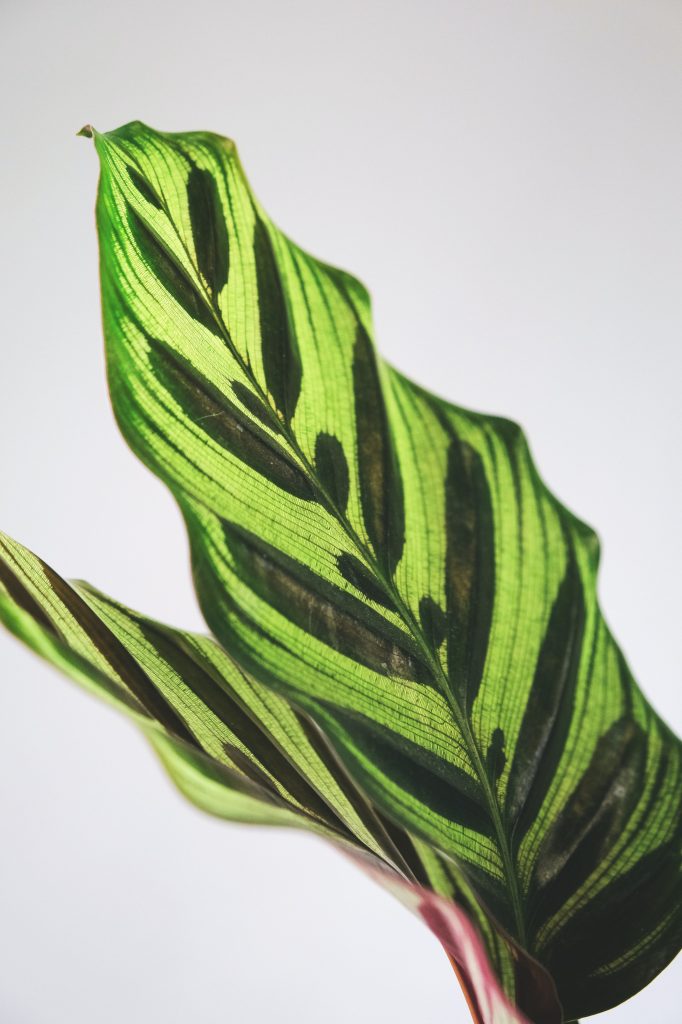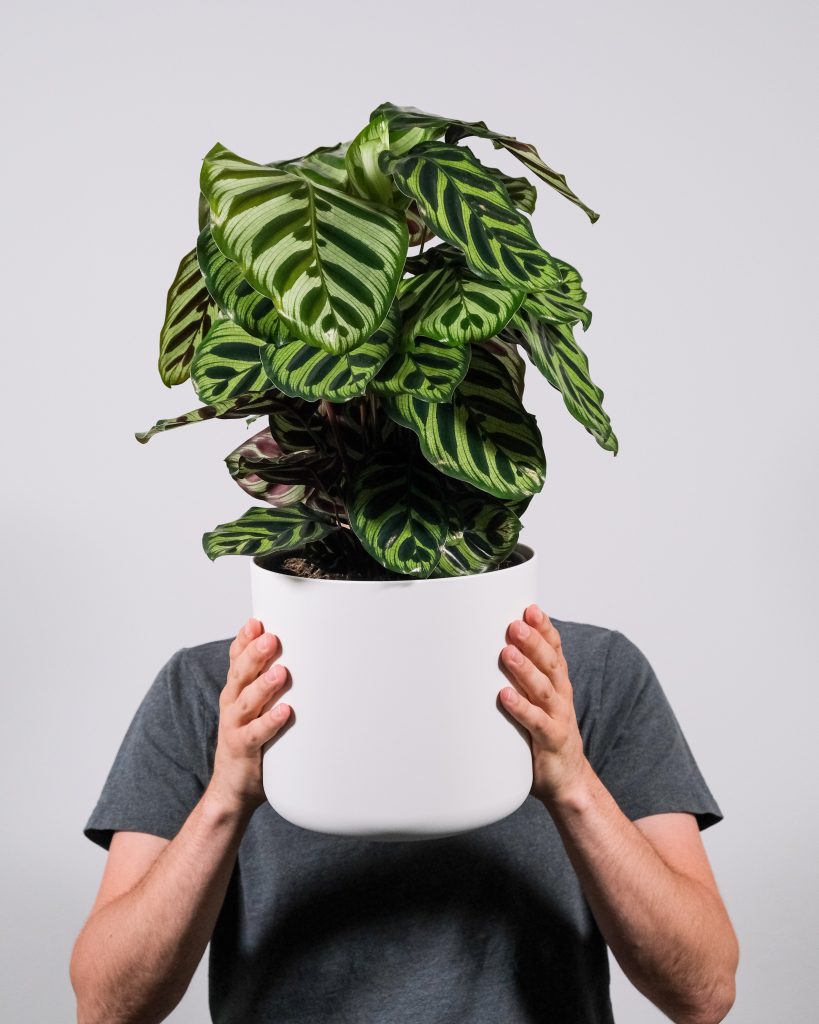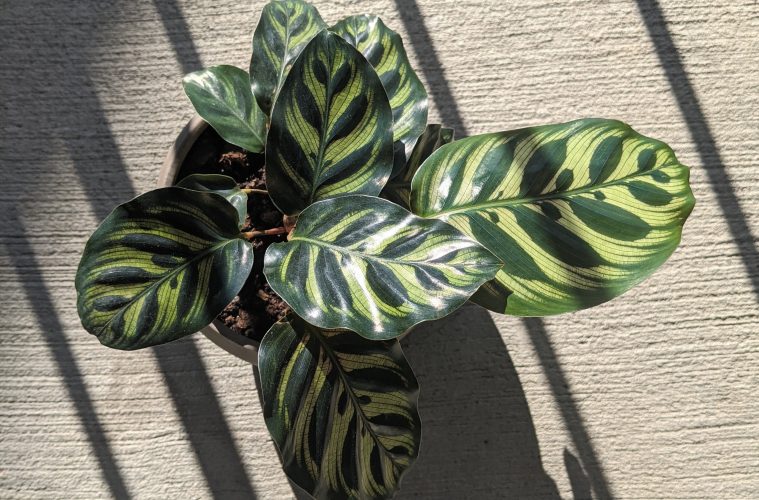The peacock plant, a common name given to the calathea makoyana as it is known by its botanical name, is a beautiful plant known for its foliage and patterns on its leaves. These calatheas often need quite a bit of attention and maintenance in order to grow healthily, but if taken care of properly, compliment any room in your home. They are beautiful plants with eye-catching colors, but that beauty requires some work. Here is how to properly plant, grow, and care for your calathea or peacock plants.

Soil And Fertilizer
For the soil, you need something that will drain easily, while being able to still hold moisture enough for it to be absorbed to provide substantial nutrients. Research what potting mixtures are available and ideal for your plant. Some common ingredients include peat as well as sand. Perlite is also another great mixture ingredient to look out for when selecting your soil. In terms of growth, you want to make sure that you consider fertilizer to use for your plants, especially in climates that have changing or rotating seasons. Certain sprays or liquid fertilizers will provide needed nitrogen and iron for plants to showcase bright leaves full of life. This is important to do during the spring months, especially when you want to return some life to a plant.
Watering Your Peacock
The peacock plant should receive a consistently monitored amount of watering, but you need to be cautious doing so. It is possible to overwater this plant, which would lead to the roots rotting. Some plant owners will wait until the soil is dry before watering again, but you do not have to go to such lengths. Just be sure to provide the appropriate amount to ensure that you balance out its moisture needs. Utilizing warm water that is room temperature as cold water is water can be detrimental to certain plants. Keep in mind certain changes during different seasons. If you live in a location that has a winter season, consider reducing the amount of watering, as they will be less likely to dry out in such a situation. In terms of quality of water, consider using distilled water over tap as these plants are more sensitive to what minerals are present in the water.
Pots
The type of pot you will be using often depends on how much you water your plants. If you overwater your plants, consider terracotta pots as they help aid in the absorption of water, ensuring that your plants do not drown. A plastic pot may be useful for those that are on the other end of the plant parent spectrum and often underwater their plants. Remember to factor in your habits when choosing your pots. The size of the pots won’t often be a significant factor, as peacock plants don’t grow too large.
Sunlight
When you are considering where to place these peacock plants in your home, you might instinctively choose a window sill. That isn’t technically the wisest choice. Most people put their plants in the sun in order to get the necessary vitamins and food that they need, as this is a key necessity for many plants. For the calathea makoyana plant, you want to put it in bright but indirect light. This will allow it to grow large leaves that showcase the patterns it is known for. However, you want to avoid putting the plant in direct sunlight, otherwise, the leaves can burn. Realistically, keeping your potted plant several meters away from a window will provide more than enough sunlight to thrive on and grow.

Caution For Pests And Disease
Spider mites are common pests for peacock plants. This is not always the case, but mostly in situations where the environment and weather are extremely dry. Humidifiers provide a great tool to help get rid of mites and keep the environment moist and ideal for your plants. If where you live doesn’t have significant issues with dry air, you don’t have to worry about humidifiers. If properly taken care of, there are no other common cases of pests and diseases that you will need to worry about.
Understanding how to properly take care of your calathea plants, or peacock plants, requires more work than you think. Every plant is unique, requiring different techniques to properly store them and allow them to grow. However, if you put in the work, you will be rewarded with beautiful plants and gorgeous patterns that cannot be ignored. This is surely a plant that you see just how much effort is put in to take care of it.


